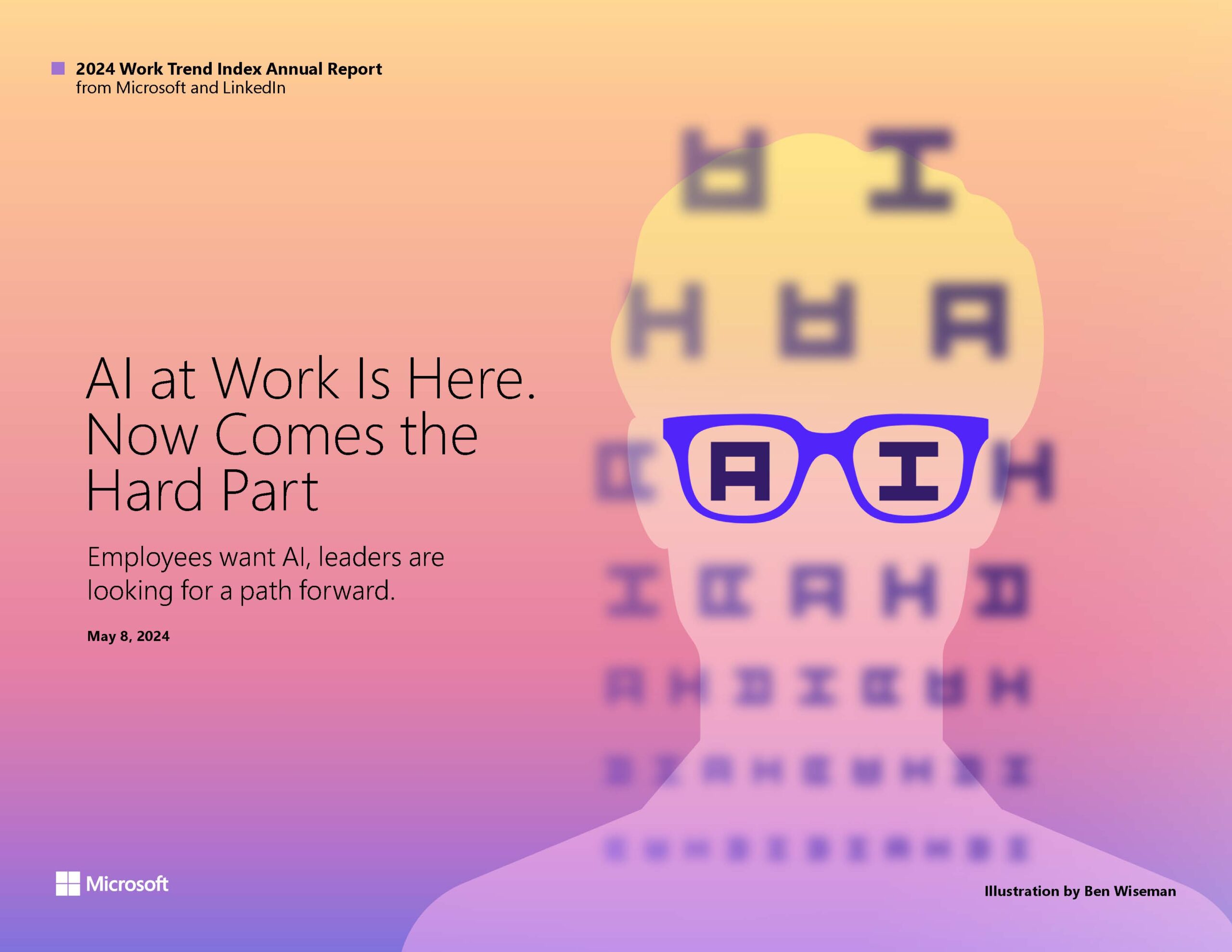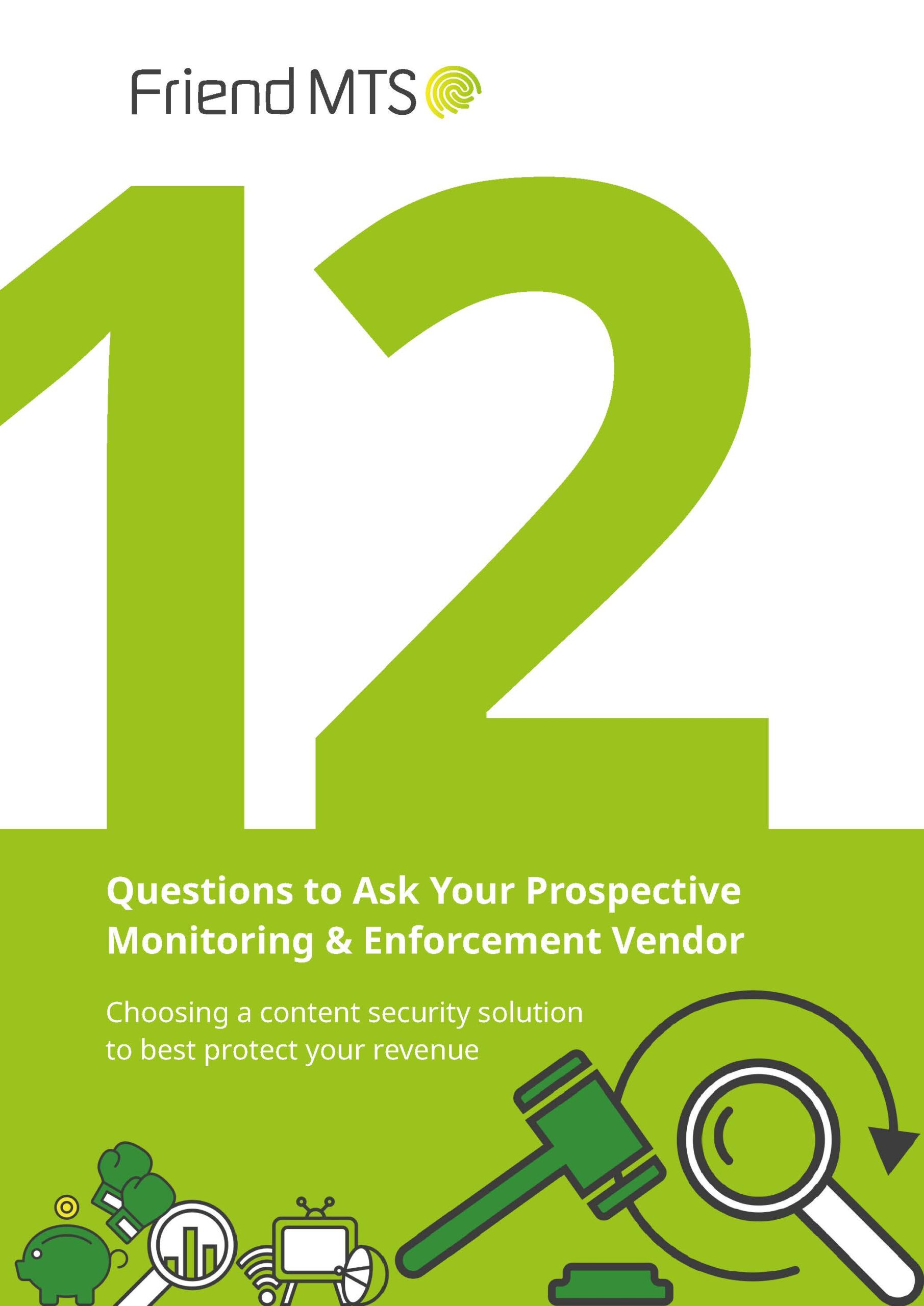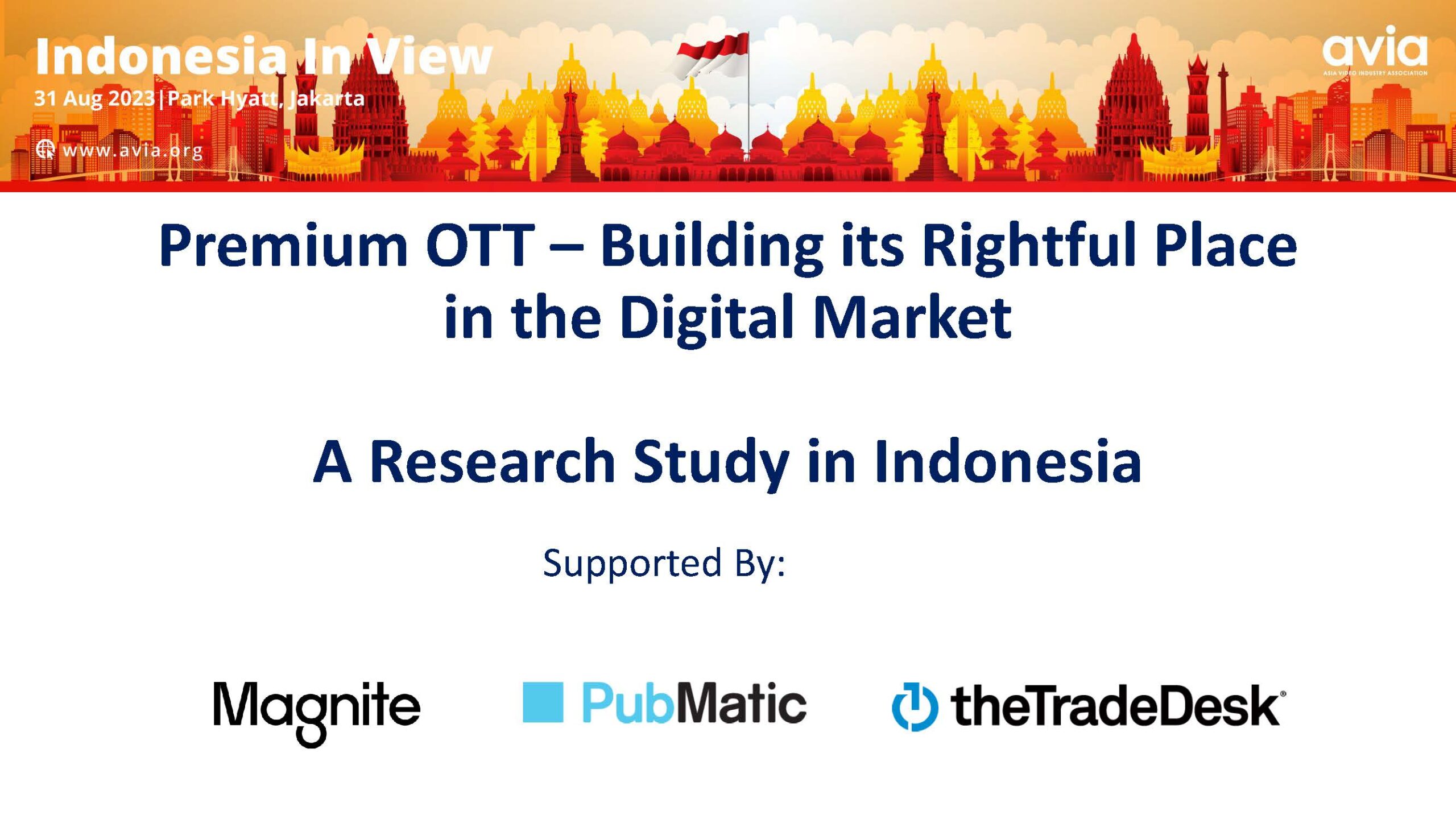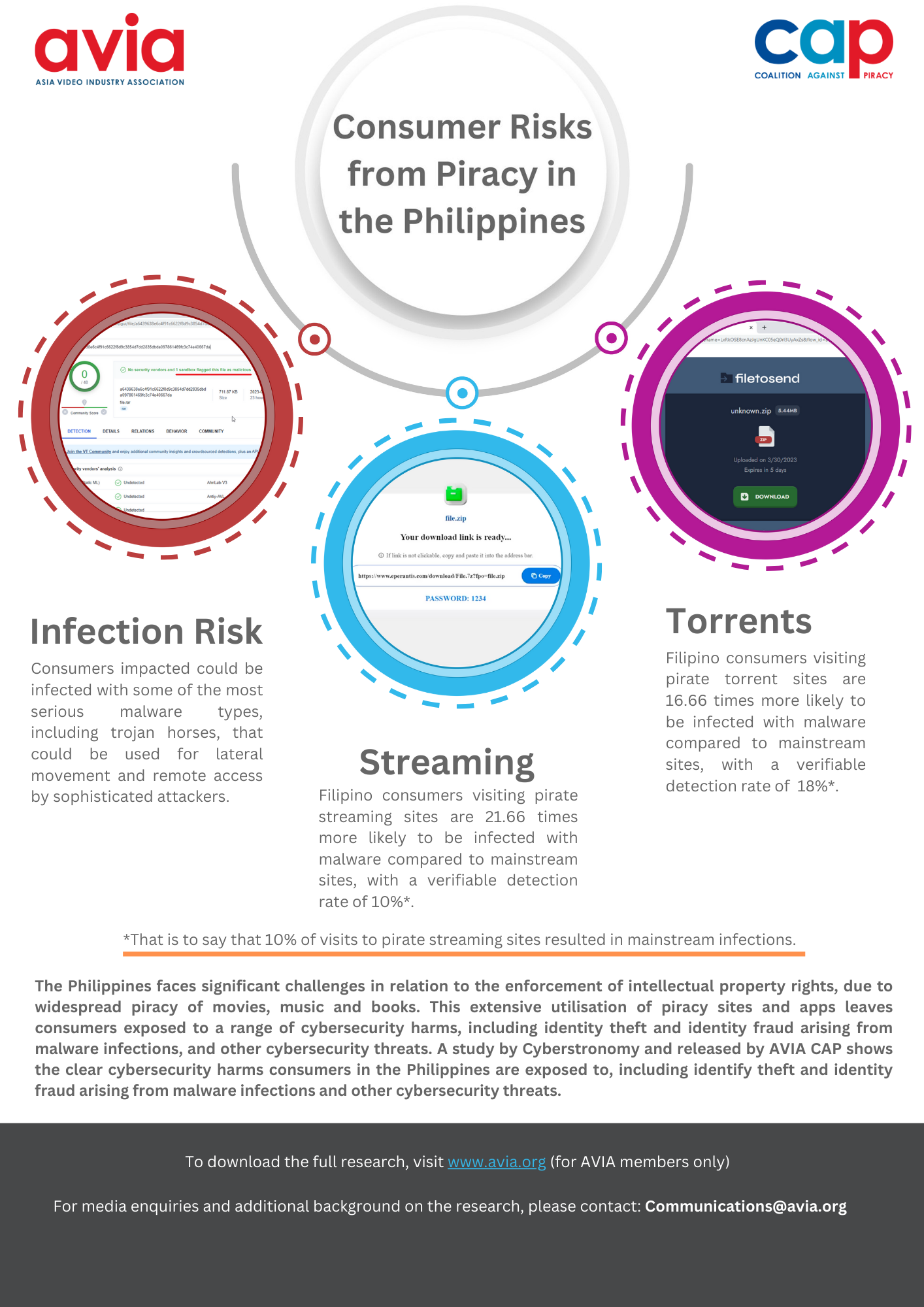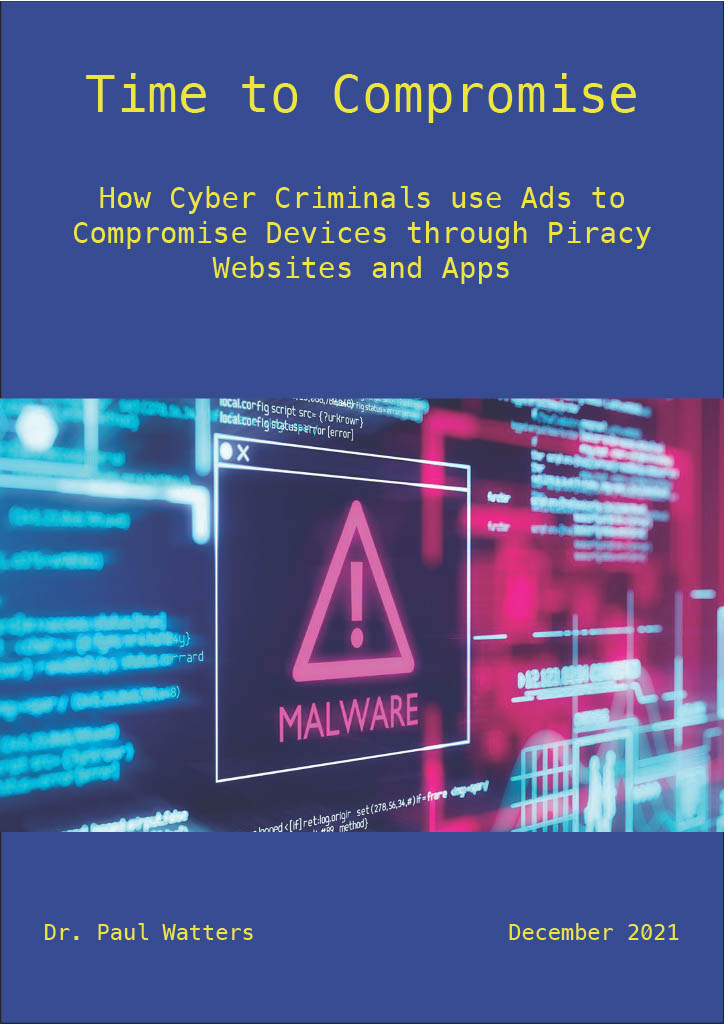Guardians of the Stream: Preserving the Integrity of the OTT Industry
September 8, 2023 11:53 am
Beyond production, consumers are also at risk. Mobile video streaming has become the norm across Asia Pacific, brought about by the prevalence of smartphones and tablets. Increased mobile device dependency creates more weak links in the security chain, causing greater exposure to threats like phishing and other malicious activities. Akamai research shows that nearly 1 in 10 monitored devices, on average, attempted to reach out to domains associated with either malware, phishing, or command and control (C2) in 2022.
Unraveling the Web of Cyberthreats Targeting OTT
Geopiracy is also another key trend that was exacerbated by the pandemic. Consumers of premium OTT and traditional pay TV use Virtual Private Networks (VPNs) and Domain Name System (DNS) proxy services to circumvent territorial restrictions and access the services of foreign broadcasters that offer the same or better content at cheaper prices and with earlier release schedules. Again, this has a large revenue impact across the industry.
An Ever-Evolving Line of Defense
Situational awareness, coupled with an appropriate, robust defensive posture, is of prime importance when combating digital threats, because criminals evolve their attacks over time, sometimes within hours. Broadcasters and streaming services can defend themselves by addressing workflow issues and API-based problems, as criminals are constantly looking to exploit these areas.
For piracy and geopiracy threats, Akamai is constantly updating its software to make sure that authorized users can access content securely. For example, to counter anonymous proxy and VPN services that are specifically designed to defeat region controls of popular OTT services, Akamai protects content with various geographic restrictions such as Enhanced Proxy Detection. This allows customers to determine whether a requesting IP address is associated with a VPN service or an anonymous proxy and take action on users who are trying to access content from illegitimate regions.
As the industry continues to transform rapidly, new threats will emerge on a daily – if not hourly – basis. However, with strong situational awareness and a strong defense posture in place, the industry will be in good stead to install more proactive measures to stay one step ahead of the cybercriminals, and maintain the best possible experience for customers.
|
Dean Houari Director of Security Technology and Strategy APJ |
|
Categorised in: Blog, Industry News, Member News
This post was written by Akamai



